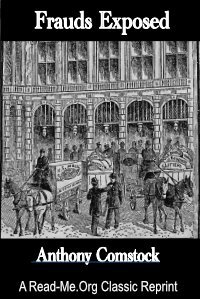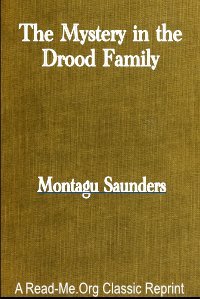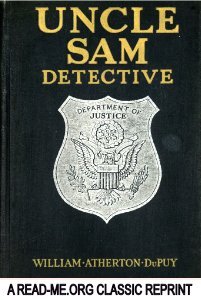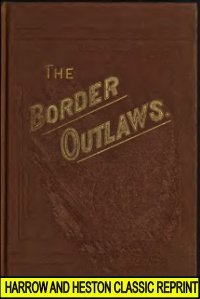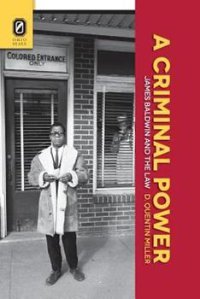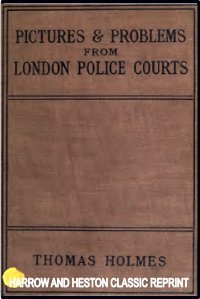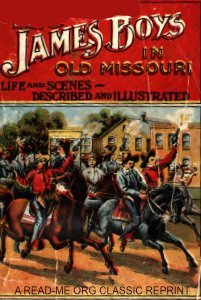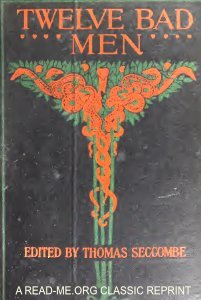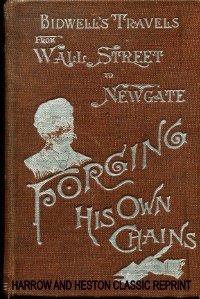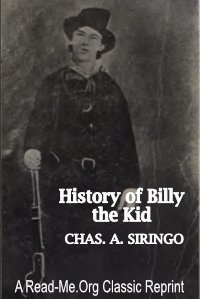By Montagu Saunders.
It needs a considerable amount of assurance to add yet another book to the comparatively long list of those which have been written upon the subject of Dickens's unfinished story, and it is no sufficient justification to assert that the writer is sincerely convinced that his contribution to the discussion will afford some assistance in the solution of the problem, seeing that practically everyone who has ventilated his ideas upon the subject has expressed a similar conviction. Proctor, for instance, who was the first to examine Edwin Drood in a quasi-scientific way, was absolutely satisfied that in identifying Datchery with Edwin, he had discovered the " mystery " which Dickens had taken such pains to hide, and so strongly did he feel that his solution was correct, that he exhibited considerable impatience with those who failed to swallow it whole. Mr J. Cuming Walters, again, the originator of the highly ingenious Helena-Datchery theory, is equally convinced that he has unearthed Dickens's secret, and, like Proctor, he has supported his views by means of numerous arguments drawn from the text, which, if they do not carry conviction to every mind, are nevertheless sufficiently weighty to call for very careful examination, more particularly as they have succeeded in securing as adherents of the theory two such acute critics and eminent scholars as Dr Henry Jackson and Sir W. R. Nicoll. In these circumstances the present writer considers that it would be presumption on his part to express any definite opinion as to the accuracy of his own conclusions, and he feels that some apology is needed for the dogmatism which, upon a re-reading of this little essay, seems to him at times to be only too apparent.
Cambridge, UK: University Press, 1914. 184p.



